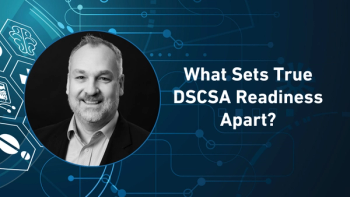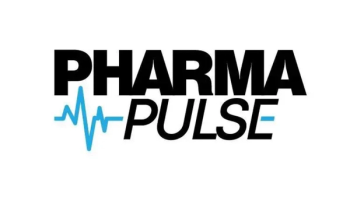
Moving Beyond the Rebate-Driven Model
In the second part of her Pharma Commerce video interview, LeAnn Boyd, Liviniti’s founder and CEO, discusses how this MFN executive order can affect players in the space that operate under a rebate-driven PBM model.
In a video interview with Pharma Commerce, LeAnn Boyd, PharmD, Liviniti’s founder and CEO, discusses the deeper, systemic issues behind rising healthcare and drug costs that are not fully addressed by the MFN (Most-Favored Nation) executive order. She acknowledges that the healthcare landscape has seen incredible advancements in therapies that significantly improve patient outcomes and well-being. As more people utilize pharmacy benefits—rising from 50% to around 70% in recent years—overall drug spending has naturally increased. While greater access to treatments is positive, Boyd emphasizes that this doesn't fully explain the sharp rise in costs.
She views the MFN executive order as a useful initial step—a spark that brings attention to the issue, especially considering that the US pays significantly more for medications than other countries. However, Boyd expresses concern that the order lacks the depth needed to address all the systemic contributors to high drug prices.
A key issue, she argues, lies in the misaligned incentives within the drug pricing ecosystem. Many stakeholders, such as pharmacy benefit managers (PBMs) and other intermediaries, have compensation structures that are tied to the list price of medications. This creates a perverse incentive to favor higher-priced drugs, as higher costs directly translate into greater profits for these players. As long as stakeholders are financially rewarded based on drug prices rather than patient value or outcomes, upward pressure on prices will persist. Boyd concludes that unless these incentive structures are realigned to reflect value-based compensation, rather than price-driven earnings, any reform—like the MFN rule—will fall short of creating lasting change in the healthcare cost landscape.
Boyd also comments on how PBMs will be significantly impacted by the EO; why PBMs that operate on flat admin fee model rather than rebates createmore transparency and value for both payers and patients; what meaningful drug pricing reform looks like in her view; and much more.
A transcript of her conversation with PC can be found below.
PC: The EO targets rebate-driven PBM models. How do you see this impacting major players in the space, and what ripple effects might that have on the industry?
Boyd: Naturally, you go straight to that it will impact the revenue for these larger PBMs, and regarding two major sources, one is spread pricing, and that's typically a percentage of the drug cost. If the drug cost is lower, that spread is going to become lower, although I guess a large PBM could maximize that further to make up some differences there.
The second is, as we've been speaking about, the rebate-driven portion of their models, which is still a very substantial portion and how they operate. To me, how you get to a lower price—like in an international type pricing scenario—is you have to eliminate some cost in the drug. The go-to place is the rebates. If you start cutting out that portion of drug cost that exists today, that removes that source for these large PBMs.
I do think they will have to think through how they make that up, or how do they move with that change in the revenue model now, as they're all connected through different vertical integrations. Do they make that up with the medical carrier side, do they make that up in their dispensing portions of their business? I do think the revenue that's linked to the cost of the drugs for them will be materially impacted if this EO does lower the cost equivalent to those international prices.
Newsletter
Stay ahead in the life sciences industry with Pharmaceutical Commerce, the latest news, trends, and strategies in drug distribution, commercialization, and market access.





